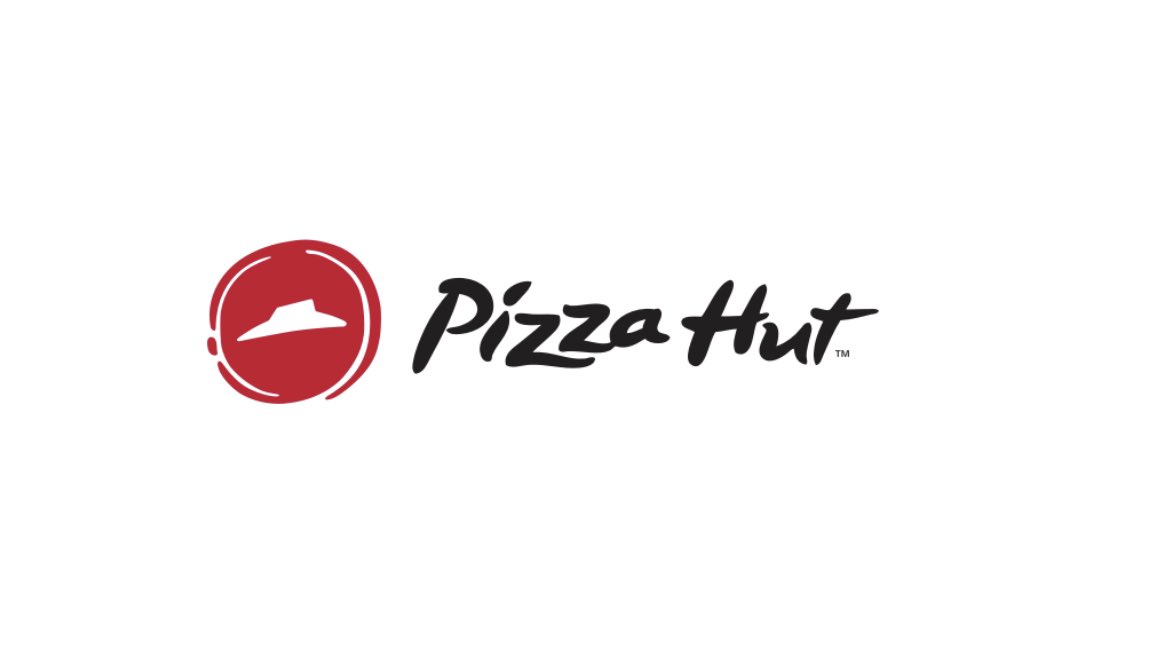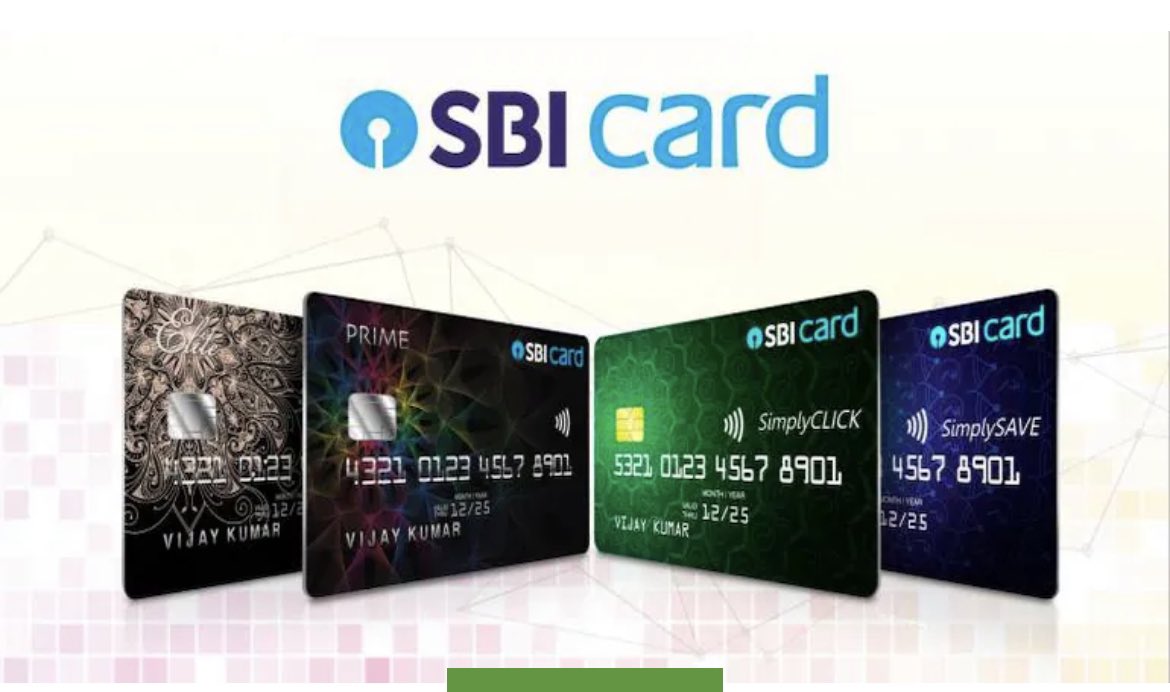
Devyani International : The next QSR Leader in India?🇮🇳
Here’s our analysis of the company, it’s earnings, growth strategies, future prospects, competition and more!
A long thread below🧵🧵👇🏻
#StocksToBuy #investing
Here’s our analysis of the company, it’s earnings, growth strategies, future prospects, competition and more!
A long thread below🧵🧵👇🏻
#StocksToBuy #investing

(1/22)
• About:
Devyani International Limited is the largest franchisee of Yum Brands in India & is among the largest operators of Quick Service Restaurants chain in India & operates 747 stores ( 309 KFC & 351 Pizza Hut ) across 155 cities in India as of sept 2021
• About:
Devyani International Limited is the largest franchisee of Yum Brands in India & is among the largest operators of Quick Service Restaurants chain in India & operates 747 stores ( 309 KFC & 351 Pizza Hut ) across 155 cities in India as of sept 2021
(2/22)
• Reasons for strong turnaround:
Getting unit metrics right is key to business scalability. DIL is seeing an improved unit metrics for KFC & Pizza Hut, led by
• Reduction in store size
• Better menu
• Focus on delivery with delco stores
• Digital enhancement
• Reasons for strong turnaround:
Getting unit metrics right is key to business scalability. DIL is seeing an improved unit metrics for KFC & Pizza Hut, led by
• Reduction in store size
• Better menu
• Focus on delivery with delco stores
• Digital enhancement
(3/22)
Pizza Hut Turnaround :
• Pizza Hut was more dine-in focused, with large formats, leading to high costs and lower sales than Domino’s, as delivery offering was poorer, which was the larger and growing segment in the pizza market.
Here is a comparison below:
Pizza Hut Turnaround :
• Pizza Hut was more dine-in focused, with large formats, leading to high costs and lower sales than Domino’s, as delivery offering was poorer, which was the larger and growing segment in the pizza market.
Here is a comparison below:

(4/22
• Pizza Hut now has remodeled its stores similar to a delivery format, which is smaller in size & has lesser dine-in capacity. These stores still have similar ADS compared to its larger stores, led by higher delivery sales, & have removed unutilized dine-in capacity.
• Pizza Hut now has remodeled its stores similar to a delivery format, which is smaller in size & has lesser dine-in capacity. These stores still have similar ADS compared to its larger stores, led by higher delivery sales, & have removed unutilized dine-in capacity.
(5/22)
KFC Turnaround :
• KFC has been a more stable and profitable franchise for DIL, accounting for 70% of DIL profits. The recent optimization of store size, menu offerings and focus on delivery/digital sales have driven an improvement in its store metrics.
KFC Turnaround :
• KFC has been a more stable and profitable franchise for DIL, accounting for 70% of DIL profits. The recent optimization of store size, menu offerings and focus on delivery/digital sales have driven an improvement in its store metrics.
(6/22)
• Despite the reduction in store size, KFC has delivered a 500bps expansion in store margins since FY19.KFC store delivers sales of ₹4Cr, with store margins of 22%+ on a reduced capex of ₹13mn, indicating unit ROCE in excess of 50%. These are among the best in peers.
• Despite the reduction in store size, KFC has delivered a 500bps expansion in store margins since FY19.KFC store delivers sales of ₹4Cr, with store margins of 22%+ on a reduced capex of ₹13mn, indicating unit ROCE in excess of 50%. These are among the best in peers.

(7/22)
• DILs Growth Strategy:
- Acceleration of its network expansion.
In comparison with 5-7% store additions in the last 3 years, DIL plans to add around 250 stores each year & double its existing store network in 3 years from ~800 stores currently to 1,500+ by FY25
• DILs Growth Strategy:
- Acceleration of its network expansion.
In comparison with 5-7% store additions in the last 3 years, DIL plans to add around 250 stores each year & double its existing store network in 3 years from ~800 stores currently to 1,500+ by FY25
(8/22)
• Now let’s dive into it’s 3 core business: KFC, Pizza Hut & Costa Coffee.
1) KFC:
• KFC has strong & differentiated positioning in the domestic QSR space, with its core chicken offerings. It is the largest player in the chicken segment with a market share of ~70%.
• Now let’s dive into it’s 3 core business: KFC, Pizza Hut & Costa Coffee.
1) KFC:
• KFC has strong & differentiated positioning in the domestic QSR space, with its core chicken offerings. It is the largest player in the chicken segment with a market share of ~70%.

(9/22)
• In the last 4 years, KFC has expanded its store footprint by 5% & has become the 3rd largest domestic QSR brand in terms of revenues, only marginally behind McDonald’s.
• In the last 4 years, KFC has expanded its store footprint by 5% & has become the 3rd largest domestic QSR brand in terms of revenues, only marginally behind McDonald’s.

(10/22)
• DIL operates KFC across South (ex-Tamil Nadu) & East states, which presents a large chicken-consuming population. India has a 70%+ non-veg population with chicken being the most widely consumed product. DIL thus has a bigger slice of the addressable market for KFC.
• DIL operates KFC across South (ex-Tamil Nadu) & East states, which presents a large chicken-consuming population. India has a 70%+ non-veg population with chicken being the most widely consumed product. DIL thus has a bigger slice of the addressable market for KFC.

(11/22)
2) Pizza Hut
• Pizza Hut with reduced store size & better unit metrics, is expected to come back strongly & narrow the gap with the market leader in the next few years. DIL has exclusive rights to open the smaller-size delco format of Pizza Hut stores across India
2) Pizza Hut
• Pizza Hut with reduced store size & better unit metrics, is expected to come back strongly & narrow the gap with the market leader in the next few years. DIL has exclusive rights to open the smaller-size delco format of Pizza Hut stores across India

(12/22)
• This gives it a larger opportunity to penetrate the brand deeper into Tier-2/3 markets as well as open more stores in the existing Tier-1/2 cities. The enhanced presence is expected to help Pizza Hut reach more consumers, leading to market share gains.
• This gives it a larger opportunity to penetrate the brand deeper into Tier-2/3 markets as well as open more stores in the existing Tier-1/2 cities. The enhanced presence is expected to help Pizza Hut reach more consumers, leading to market share gains.

(13/22)
• Menu innovation is gaining traction with Pizza Hut seeing increasing success on its new initiatives & higher deliveries.
• Pizza Hut has launched- Momo Mia, which combines Pizza & Momos. The product has been gaining traction, due to strong marketing & good reviews.
• Menu innovation is gaining traction with Pizza Hut seeing increasing success on its new initiatives & higher deliveries.
• Pizza Hut has launched- Momo Mia, which combines Pizza & Momos. The product has been gaining traction, due to strong marketing & good reviews.

(14/22)
3) Costa Coffee
• DIL renewed its agreement with Costa Coffee in Oct 2021. The Indian organized café market was ~₹10bn in FY20, with a healthy growth outlook. Competition is limited, with CCD struggling & Starbucks being only global chain with a consistent expansion.
3) Costa Coffee
• DIL renewed its agreement with Costa Coffee in Oct 2021. The Indian organized café market was ~₹10bn in FY20, with a healthy growth outlook. Competition is limited, with CCD struggling & Starbucks being only global chain with a consistent expansion.

(15/22)
• DIL expects to add around 30-40 stores each year. Compared with Starbucks, Costa pricing is lower and more affordable. DIL expects Costa to remain profitable as the focus will be on expanding the network through smaller stores/kiosks in high- footfall areas.
• DIL expects to add around 30-40 stores each year. Compared with Starbucks, Costa pricing is lower and more affordable. DIL expects Costa to remain profitable as the focus will be on expanding the network through smaller stores/kiosks in high- footfall areas.

(17/22)
• DIL is the fastest-growing QSR, led by more than 2x expansion in stores. Despite 2nd Covid wave, store additions in H1FY22 were strong (>100 stores added). Additions in the last 4 quarters are ~200 stores. The company plans to sustain this rate in the future as well.
• DIL is the fastest-growing QSR, led by more than 2x expansion in stores. Despite 2nd Covid wave, store additions in H1FY22 were strong (>100 stores added). Additions in the last 4 quarters are ~200 stores. The company plans to sustain this rate in the future as well.
(18/22)
• DIL is expected to generate strong cash flows, with an improvement in margins. Cash generation is expected to be strong. DIL normally incurs an average capex of ~₹11/store. This should lead to an overall outlay of ₹2.5-3Bn for adding ~250 stores each year.
• DIL is expected to generate strong cash flows, with an improvement in margins. Cash generation is expected to be strong. DIL normally incurs an average capex of ~₹11/store. This should lead to an overall outlay of ₹2.5-3Bn for adding ~250 stores each year.

(19/22)
• Key Risks:
• Weak execution resulting in lower unit additions.
• Slow SSG growth impacted by a slowdown in discretionary spends
• Increasing competition in the chicken space: WLDL & JUBI have indicated plans to ramp up their presence in the fried chicken market.
• Key Risks:
• Weak execution resulting in lower unit additions.
• Slow SSG growth impacted by a slowdown in discretionary spends
• Increasing competition in the chicken space: WLDL & JUBI have indicated plans to ramp up their presence in the fried chicken market.
(20/22)
• DLIs Shareholding:
1) 62.9% - Promoters
2) 7.8% - FPI
3) 4.9% - DII
4) 24.4% - Others
• DLIs Q3 (QoQ Basis)
1) Revenue - ₹646Cr Vs ₹516Cr
2) EBITDA - ₹158Cr vs ₹123Cr
3) EBITDA Margin- 24.4% vs 23.9%
4) PAT - ₹68Cr vs ₹46Cr
5) EPS - 0.6 vs 0.4
• DLIs Shareholding:
1) 62.9% - Promoters
2) 7.8% - FPI
3) 4.9% - DII
4) 24.4% - Others
• DLIs Q3 (QoQ Basis)
1) Revenue - ₹646Cr Vs ₹516Cr
2) EBITDA - ₹158Cr vs ₹123Cr
3) EBITDA Margin- 24.4% vs 23.9%
4) PAT - ₹68Cr vs ₹46Cr
5) EPS - 0.6 vs 0.4
(21/22)
• Conclusion:
After a period of dull results, DILs nos are most likely to surge from now on thanks to extensive focus on individual businesses remodelling and proactive decisions by the management. However slower execution of plans could pose a risk to its investors.
• Conclusion:
After a period of dull results, DILs nos are most likely to surge from now on thanks to extensive focus on individual businesses remodelling and proactive decisions by the management. However slower execution of plans could pose a risk to its investors.
(22/22)
• What do you think about it’s Turnaround and future?
Comment👇🏻
Do spread the word if you like this content!
@AdityaTodmal @WealthEnrich @Anshi_________ @Puretechnicals9 @caniravkaria @MeetshahV @Trading0secrets @Investor_Mohit @drprashantmish6 @dmuthuk
@sanjufunda
• What do you think about it’s Turnaround and future?
Comment👇🏻
Do spread the word if you like this content!
@AdityaTodmal @WealthEnrich @Anshi_________ @Puretechnicals9 @caniravkaria @MeetshahV @Trading0secrets @Investor_Mohit @drprashantmish6 @dmuthuk
@sanjufunda
• • •
Missing some Tweet in this thread? You can try to
force a refresh














